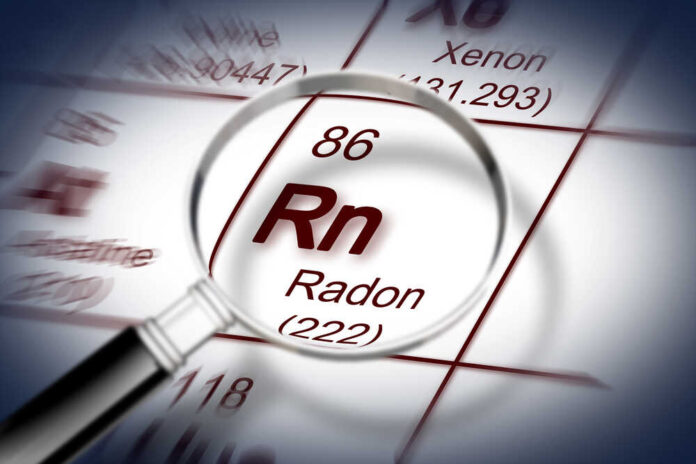
As a responsible homeowner, it is crucial to be aware of potential dangers lurking in your home.
One such hazard that often goes unnoticed is radon, a colorless, odorless, tasteless, and naturally occurring gas that can seep into your home undetected, putting you and your loved ones at risk.
The good news is that it is easy to test your home for radon and take necessary steps to reduce its levels if it is found to be high.
What is Radon?
Radon is a radioactive gas that arises from the decay of chemicals that are naturally present in some soil and rocks. Radon is everywhere in the environment, but the levels are usually low and not harmful.
However, when radon accumulates in enclosed spaces, such as homes, it can reach high levels and become a serious health hazard.
How Does Radon Enter Your Home?
Radon gas can enter your home through cracks in walls, floors, and foundations. It can also enter through gaps in suspended floors and service pipes. Radon can accumulate in any enclosed space, but it is more likely to accumulate in homes with a basement or lower level that is in contact with the soil.
Some areas and workplaces, such as in or near mines, oil refineries, and subway tunnels, may have a higher risk of exposure.
Health Risks Associated with Radon Exposure
Radon gas decays into tiny radioactive particles that can be inhaled into the lungs, where they can cause damage to the lung tissue and increase the risk of lung cancer.
Radon exposure is responsible for about 21,000 lung cancer deaths per year in the US, making it the second leading cause of lung cancer, behind tobacco.
It is estimated that around 6 million homes in the US have radon levels higher than the EPA’s standards of 4 picocuries per liter.
Testing for Radon
Testing for radon is easy and inexpensive. The EPA and CDC recommend that all homes be tested for radon, regardless of their location. You can purchase a radon test kit from a hardware store or online.
The test kit includes instructions for placement and how long to leave it in place, usually 2-90 days. After the test is complete, the kit is sent to a lab for analysis. The lab will send you a report indicating the level of radon present in your home.
Reducing Radon Levels
If your home is found to have high levels of radon, it is important to take steps to reduce the levels as soon as possible. While some radon reduction methods can be done by homeowners themselves, it is generally recommended to hire a qualified professional to ensure the most effective mitigation of radon gas.
Qualified professionals are trained to assess and mitigate radon levels in homes. They have the knowledge and expertise to identify the source of the radon and recommend the appropriate radon reduction system for your home. They can also install the system correctly and ensure that it is functioning properly to reduce radon levels.
Radon is a serious health hazard that requires prompt attention. If you have not had your home tested recently for radon, or if it has been several years since it’s been tested, consider getting a test sooner rather than later.






















